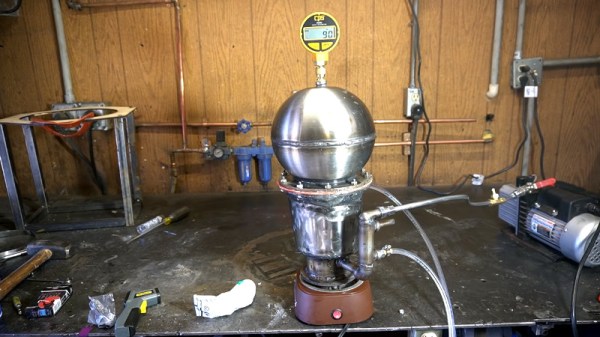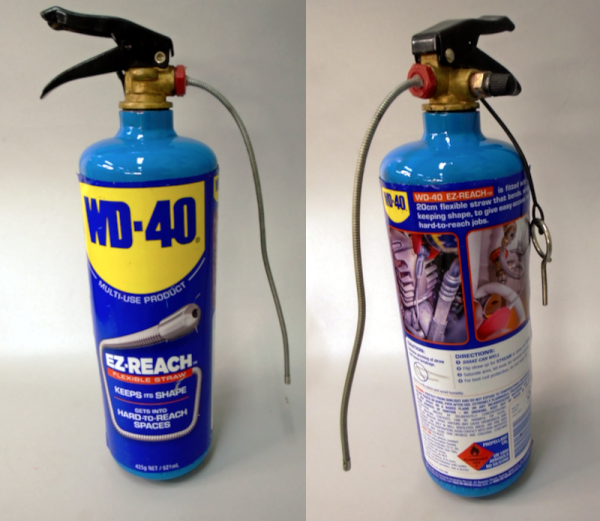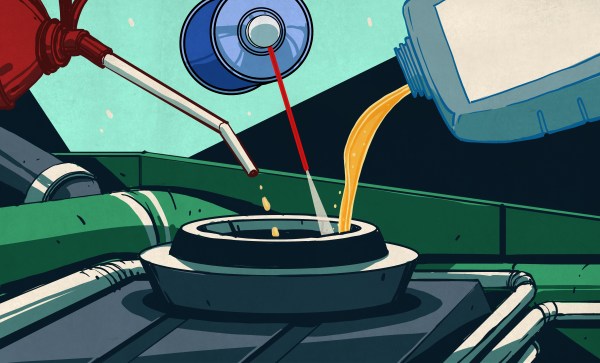Lubing your keyboard’s switches is definitely a personal preference, though we’re sure that many would call it absolutely necessary. However, people from both camps would probably not suggest is using WD-40 to do so, instead pointing toward Krytox or at least Super Lube. But there are enough people out there who have tried the great water displacer and claim to have experienced no problems that [Sea_Scheme6784] decided to give it a go (so you don’t have to).
Having now collected enough boards to sacrifice one to the lubrication gods, [Sea_Scheme6784] chose a completely stock Logitech G413 SE with brown switches and heavily sprayed every one. Oh yeah, there was no taking them apart first as most lube enthusiasts would advise. No carefully painting it on in the right places with a small brush. Just mad spraying, y’all.
The effects were noticeable immediately — it changed the feel for the better and made the switches way less scratchy. Also the sound is more poppy, despite drowning in not-lubricant. Interesting! [Sea_Scheme6784] says the stabilizers are still rattling away, so that’s no good. Keep an eye on r/mechanicalkeyboards for updates on these shenanigans. We know we will.
Want to know what else you can do to to switches besides lube? Lots of stuff.
Main and thumbnail images via Kinetic Labs















